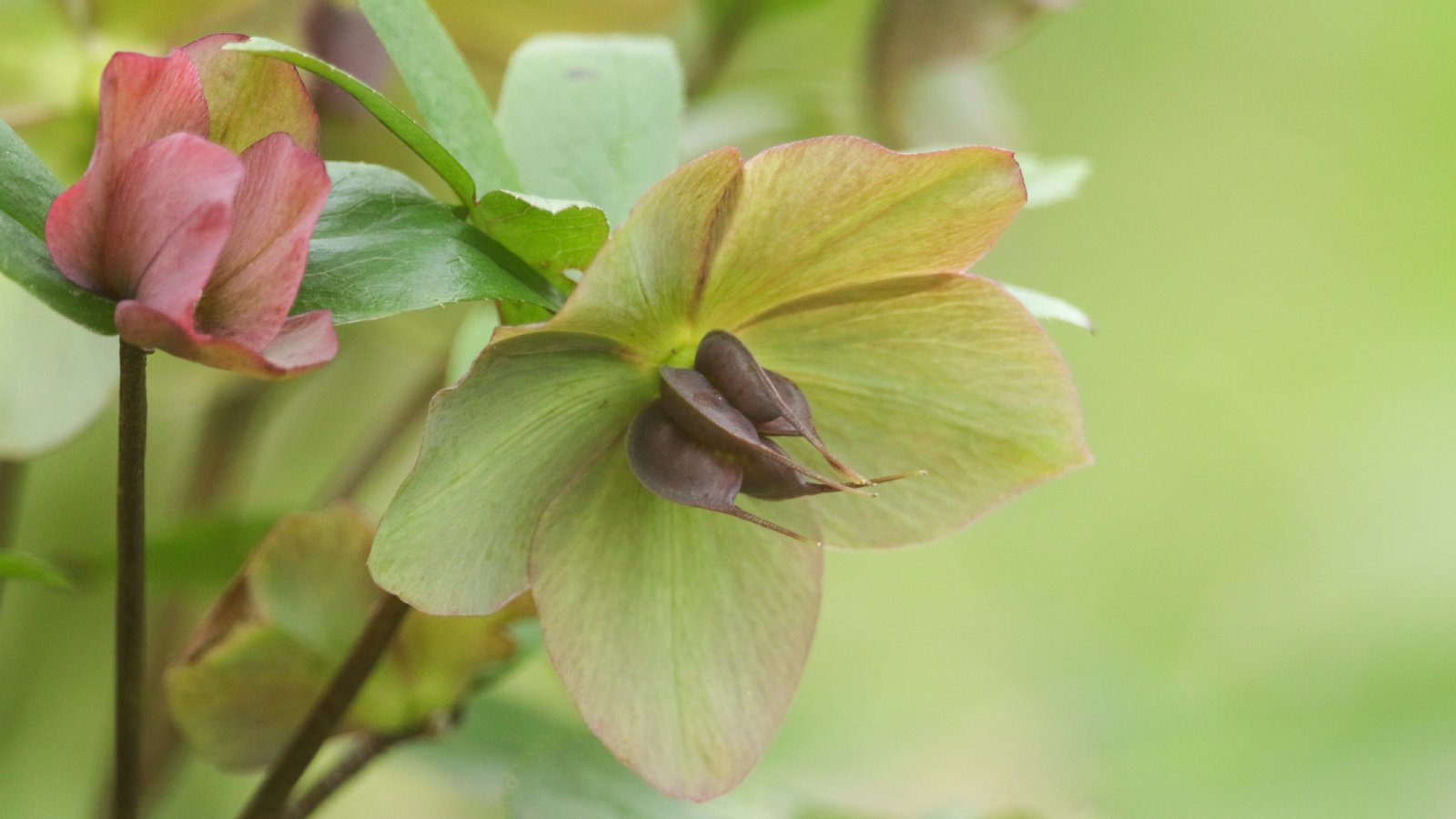Why Is Hellebore Changing Color: Hellebore Pink To Green Color Shift


If you grow hellebore, you may have noticed an interesting phenomenon. Hellebores turning green from pink or white is unique among flowers. Hellebore blossom color change is fascinating and not perfectly understood, but it certainly makes for more visual interest in the garden.
What is Hellebore?
Hellebore is a group of several species that produce early blooming flowers. Some of the common names of the species indicate when they bloom, like Lenten rose, for example. In warmer climates, you’ll get hellebore flowers in December, but colder regions see them bloom in late winter to early spring.
These perennials grow in low clumps, with the flowers shooting up above the foliage. They bloom hanging down on the tops of stems. The flowers look a little like roses and come in a range of colors that deepen change as the plant ages: white, pink, green, dark blue, and yellow.
Hellebore Changing Color
Green hellebore plants and flowers are actually in the later stages of their life cycles; they turn green as they age. While most plants start green and turn different colors, these blooms do the opposite, especially in those species with white to pink flowers.
Rest assured that your hellebore changing color is perfectly normal. The first important thing to understand about this process is that what you see turning green are actually sepals, not petals of the flower. Sepals are the leaf-like structures that grow on the outside of a flower, probably to protect the bud. In hellebores, they are known as petaloid sepals because they resemble petals. By turning green, it may be that these sepals allow the hellebore to conduct more photosynthesis.
Researchers have determined that the greening of hellebore sepals is one part of the process known as senescence, the programmed death of the flower. Studies also show that there are chemical changes that accompany the color change, specifically a decrease in the amount of small proteins and sugars and an increase in larger proteins.
Still, while the process has been explained, it is still not clear exactly why the color change occurs.
Sign up for the Gardening Know How newsletter today and receive a free copy of our e-book "How to Grow Delicious Tomatoes".

Mary Ellen Ellis has been gardening for over 20 years. With degrees in Chemistry and Biology, Mary Ellen's specialties are flowers, native plants, and herbs.